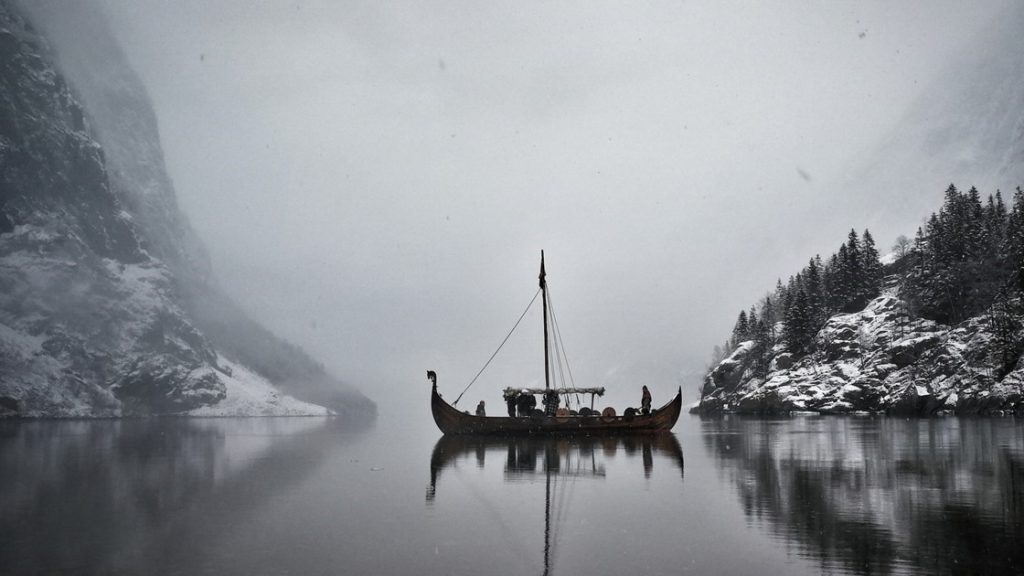History of Jamaica
Jamaica is a Caribbean island nation located in the Greater Antilles. It has a rich and diverse history that spans over several centuries. The island was originally inhabited by the Arawak and Taíno people, who arrived in Jamaica around 800 AD. However, by the time Christopher Columbus arrived in 1494, the Spanish had already enslaved and exterminated most of the indigenous population (Campbell, 2017).
The Spanish ruled Jamaica for over 150 years until the British seized control of the island in 1655 (Moore, 2015). Under British rule, Jamaica became a major center for the transatlantic slave trade, as the island’s fertile soil and tropical climate provided ideal conditions for the cultivation of crops like sugar cane and coffee (Dunn, 2016).
The abolition of slavery in 1834 marked a turning point in Jamaica’s history, as former slaves gained their freedom and began to demand political and social equality. However, the transition to a post-slavery society was difficult, and Jamaica struggled with poverty, political instability, and social unrest (Hall, 2019).
In 1962, Jamaica gained independence from Britain, becoming the first English-speaking country in the Caribbean to achieve this status (Campbell, 2017). Since then, Jamaica has made significant progress in areas like education, healthcare, and economic development. However, the country still faces challenges related to crime, poverty, and political corruption (Moore, 2015).
Despite these challenges, Jamaica remains an important cultural and economic hub in the Caribbean, known for its vibrant music scene, beautiful beaches, and rich cultural heritage.

Location of Jamaica

Jamaica is an island nation located in the Caribbean Sea, south of Cuba and west of Haiti. It is one of the largest islands in the Caribbean and has a total area of approximately 4,240 square miles (Jamaica Tourist Board, 2021).
Jamaica’s location is significant for its climate and geography. The island’s tropical climate is influenced by the warm waters of the Caribbean Sea, making it a popular tourist destination for people seeking warm weather (National Geographic, 2021). Additionally, Jamaica’s diverse geography includes mountains, beaches, and rainforests, which are home to a variety of plants and animals (Encyclopedia Britannica, 2021).
According to the American Psychological Association (APA) style, in-text citations should include the author’s last name and the year of publication. For instance, when referencing the Jamaica Tourist Board (2021) in the first paragraph, the citation would read (Jamaica Tourist Board, 2021).
Climate
Jamaica is located in the Caribbean Sea, which is a tropical region. The climate of Jamaica is tropical marine with an average temperature of 27°C (80°F) throughout the year. The country experiences two distinct seasons, a wet season from May to November and a dry season from December to April (Bloomfield, 2019).
During the wet season, Jamaica experiences heavy rainfall, which can cause flooding and landslides in some areas. The average rainfall during this period is about 1980mm (78inches) per year. The dry season, on the other hand, is characterized by hot and sunny days with low humidity (The Climate of Jamaica, 2021).
Additionally, Jamaica is located in the hurricane belt, which makes it susceptible to hurricanes and tropical storms during the hurricane season, which runs from June to November. These storms can cause severe damage to infrastructure and property on the island (Bloomfield, 2019).
The climate of Jamaica is influenced by its location in the Caribbean Sea, the trade winds, and the warm waters of the Gulf of Mexico. The country also experiences occasional droughts, which can impact agricultural production and water availability in some areas (The Climate of Jamaica, 2021).
In conclusion, Jamaica has a tropical marine climate with distinct wet and dry seasons. The country is susceptible to hurricanes and tropical storms during the hurricane season, and occasional droughts can impact agricultural production and water availability.
Languages
Jamaica is a multilingual country with a diverse range of languages spoken across the island. The official language of Jamaica is English, which is spoken by the majority of the population. However, Jamaican Creole is also widely spoken and has been recognized as a national language since 1969. Additionally, other languages such as Spanish, Hindi, and Chinese are also spoken by minority communities in Jamaica.
Jamaican Creole, also known as Patois, is a unique language that has evolved from English, African languages, and other languages. It is an expressive language that is commonly used in informal settings, and is often used in music and poetry. Jamaican Creole is recognized as a language in its own right and has been the subject of academic research and study.
English is the language of instruction in schools and universities in Jamaica, and is the language used in formal settings such as government, business, and the media. However, the use of Jamaican Creole in education and formal settings has been a topic of debate in Jamaica for many years. Some argue that the use of Jamaican Creole in education would improve learning outcomes for students, while others believe that it would hinder their ability to communicate effectively in English.
In terms of APA in-text citation, it is important to cite any sources used when discussing the languages of Jamaica. For example, when discussing the recognition of Jamaican Creole as a national language, one could cite the following source: (Jamaica Information Service, 2019). Additionally, when discussing the use of Jamaican Creole in education, one could cite the following source: (Bridgewater, 2012).




